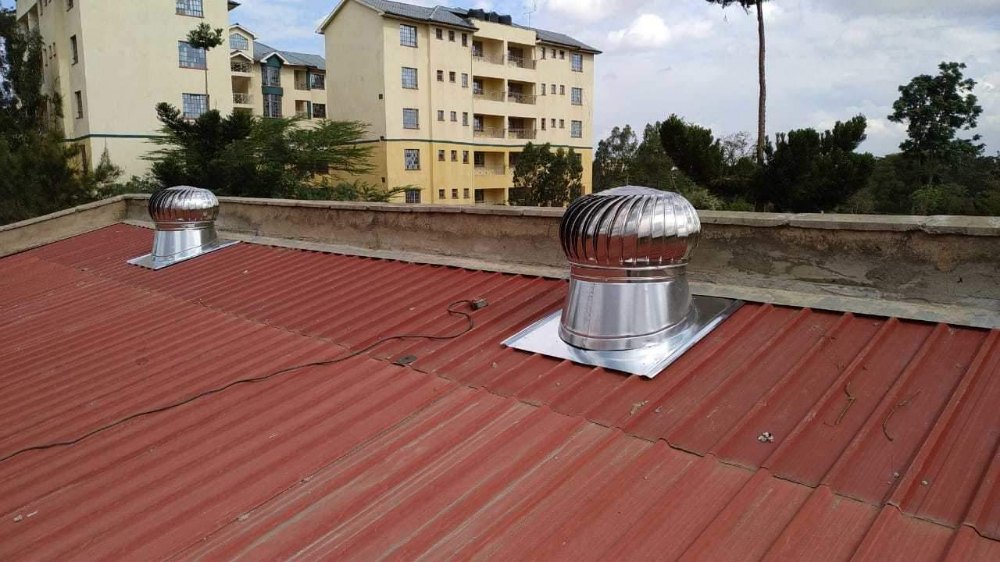When it comes to maintaining the efficiency and safety of your heating system, understanding the signs of a malfunctioning heat exchanger is crucial. Among the various issues that can arise, a cracked heat exchanger poses significant risks not only to your equipment but also to your health and safety. In this article, we will delve into the most common symptom of a cracked heat exchanger, explore its implications, and discuss preventive measures to ensure your heating system operates smoothly.
Understanding the Heat Exchanger
Before we identify the symptoms, it's essential to grasp the role of a heat exchanger in your heating system. A heat exchanger is a critical component that transfers heat between two or more fluids, typically air and water, without mixing them. In residential heating systems, it plays a vital role in ensuring efficient heat distribution throughout your home. However, wear and tear, corrosion, and other factors can lead to cracks in the heat exchanger, compromising its functionality.
The Most Common Symptom: Carbon Monoxide Leaks
The most prevalent symptom of a cracked heat exchanger is the presence of carbon monoxide (CO) leaks. Carbon monoxide is a colorless, odorless gas that can be deadly in high concentrations. When a heat exchanger cracks, it can allow combustion gases, including carbon monoxide, to escape into the air circulating through your home. This is particularly dangerous because homeowners may not immediately recognize the presence of CO, leading to severe health risks.
Recognizing the Signs of Carbon Monoxide Exposure
- Symptoms of CO Poisoning: Individuals exposed to carbon monoxide may experience headaches, dizziness, shortness of breath, nausea, and confusion. In severe cases, it can lead to loss of consciousness or even death. If you notice these symptoms, especially when using your heating system, it’s imperative to seek fresh air and medical attention immediately.
- CO Detectors: Installing carbon monoxide detectors in your home is a proactive measure. These devices can alert you to the presence of CO before it reaches dangerous levels. Regularly check and replace the batteries in your detectors to ensure they function correctly.
Other Symptoms of a Cracked Heat Exchanger
While carbon monoxide leaks are the most critical symptom, there are other signs that may indicate a cracked heat exchanger:
- Increased Heating Bills: If you notice a sudden spike in your heating costs without a corresponding increase in usage, it could be a sign that your heat exchanger is struggling to operate efficiently due to cracks.
- Unusual Noises: Strange sounds, such as banging or popping, coming from your heating system can indicate that the heat exchanger is under stress. These noises may result from the expansion and contraction of metal as it heats and cools.
- Visible Cracks or Corrosion: If you have access to your heating system, visually inspecting the heat exchanger for cracks or signs of corrosion can be beneficial. However, this should be done with caution and ideally by a professional.
- Flame Color Changes: A healthy furnace flame should be blue. If you notice a yellow or orange flame, it may indicate incomplete combustion, which can be a result of a cracked heat exchanger.
Preventive Measures and Maintenance
Preventing a cracked heat exchanger begins with regular maintenance of your heating system. Here are some essential tips:
- Annual Inspections: Schedule annual inspections with a qualified HVAC technician. They can identify potential issues before they escalate, including cracks in the heat exchanger.
- Regular Cleaning: Dust and debris can accumulate in your heating system, leading to overheating and increased wear on components. Regular cleaning can help maintain efficiency.
- Monitor Your System: Pay attention to your heating system's performance. If you notice any unusual symptoms, such as those mentioned above, contact a professional immediately.
- Invest in Quality Equipment: When replacing your heating system, choose high-quality equipment from reputable manufacturers. This can reduce the likelihood of issues arising in the future.
Conclusion
A cracked heat exchanger is a serious issue that can lead to dangerous carbon monoxide leaks and other operational problems. Recognizing the most common symptom—carbon monoxide exposure—is vital for ensuring the safety of your home and loved ones. By understanding the signs, conducting regular maintenance, and being proactive, you can protect your heating system and maintain a safe, comfortable environment in your home. Always consult with a qualified HVAC professional if you suspect any issues with your heating system to ensure timely and effective solutions.
